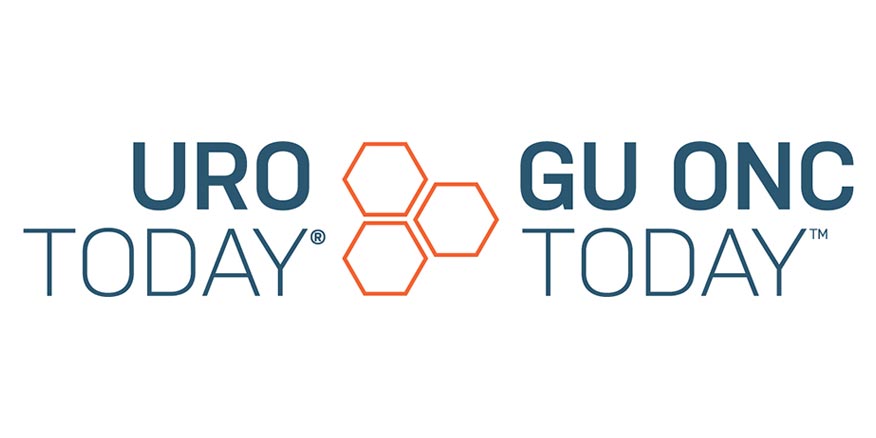Inorganic Flame Retardant Chemicals: Market Growth Fueled by Safety Regulations

The global market for inorganic flame retardant chemicals is poised for significant growth in the coming years, driven by increasing demand across various industries. This growth is primarily attributed to the implementation of stricter safety regulations, particularly in the building and construction sector.
According to the US Fire Administration and the National Fire Protection Association (NFPA), there were over 1.3 million fires recorded in the United States in 2019. These fires resulted in a tragic 3,700 fatalities, 16,600 civilian injuries, and a staggering £11.9 billion in property damage.
The rise in electrical and electronic equipment in buildings, coupled with an increased use of combustible materials, has heightened the risk of fire. This has led to a greater demand for flame retardants in building and construction materials, including those used in homes, workplaces, and public facilities such as schools and hospitals.
Flame retardants are chemicals designed to prevent materials from catching fire or to slow the spread of flames. Inorganic flame retardants, which include materials like nitrogen, graphite, silica, and inorganic phosphates, are increasingly favoured due to their non-toxic nature and high performance.
The demand for these chemicals extends beyond the building and construction sector, with applications in electrical and electronic devices, wire and cable production, and the automotive industry further contributing to market growth.
Market Segmentation and Key Players
The global inorganic flame retardant chemical market is segmented by type and application:
By Type:
Non-Halogenated: This category includes aluminium hydroxide, magnesium hydroxide, and boron compounds, which are preferred due to their environmentally friendly nature.
Halogenated: These chemicals, while effective, can pose environmental concerns and are being replaced by non-halogenated alternatives in many applications.
By Application:
Building and Construction: This remains the largest market segment due to stringent fire safety regulations in building codes.
Electronics and Appliances: Flame retardants are essential for ensuring the safety of electronic devices and appliances.
Wire and Cable: These applications require flame retardants to prevent fire hazards in electrical installations.
Automotive: Flame retardants are critical for fire safety in vehicle interiors and components.
Others: This category includes diverse applications such as textiles, furniture, and aerospace.
Key players in the global inorganic flame retardant chemical market include:
3M Company
Adeka Corp.
AkzoNobel N.V.
Albemarle Corp.
Daihachi Chemical Industry Co. Ltd.
Future Outlook and Market Growth Drivers
The global inorganic flame retardant chemical market is projected to experience a significant compound annual growth rate (CAGR) throughout the forecast period (2024-2031). This growth will be fueled by:
Stricter Safety Regulations: Governments worldwide are introducing and enforcing more stringent fire safety regulations, driving the demand for flame retardants.
Increasing Urbanisation: As urban populations grow, the demand for safe and fire-resistant building materials will increase.
Rising Disposable Income: Growing economies and rising disposable incomes in many countries are leading to increased investment in housing and infrastructure projects, further boosting the market for inorganic flame retardant chemicals.
Technological Advancements: Ongoing research and development in the field is leading to the creation of more effective and eco-friendly flame retardant solutions.
The demand for inorganic flame retardant chemicals is expected to continue to rise, presenting significant opportunities for market participants to capitalise on the growing safety consciousness and development needs across various industries.





